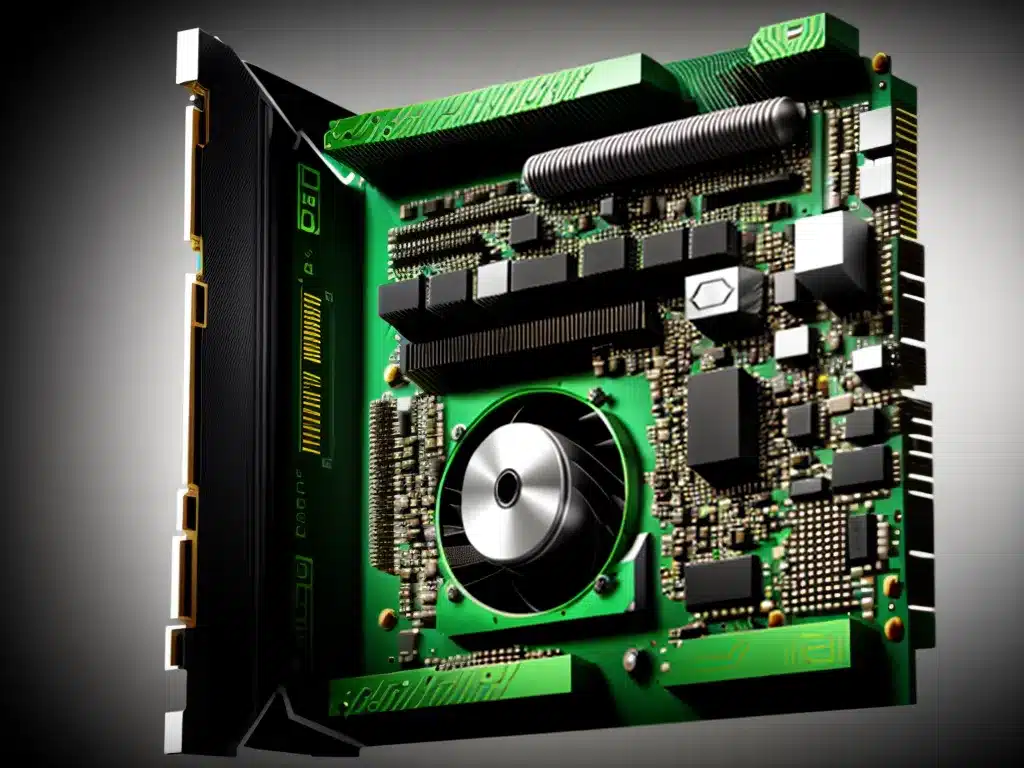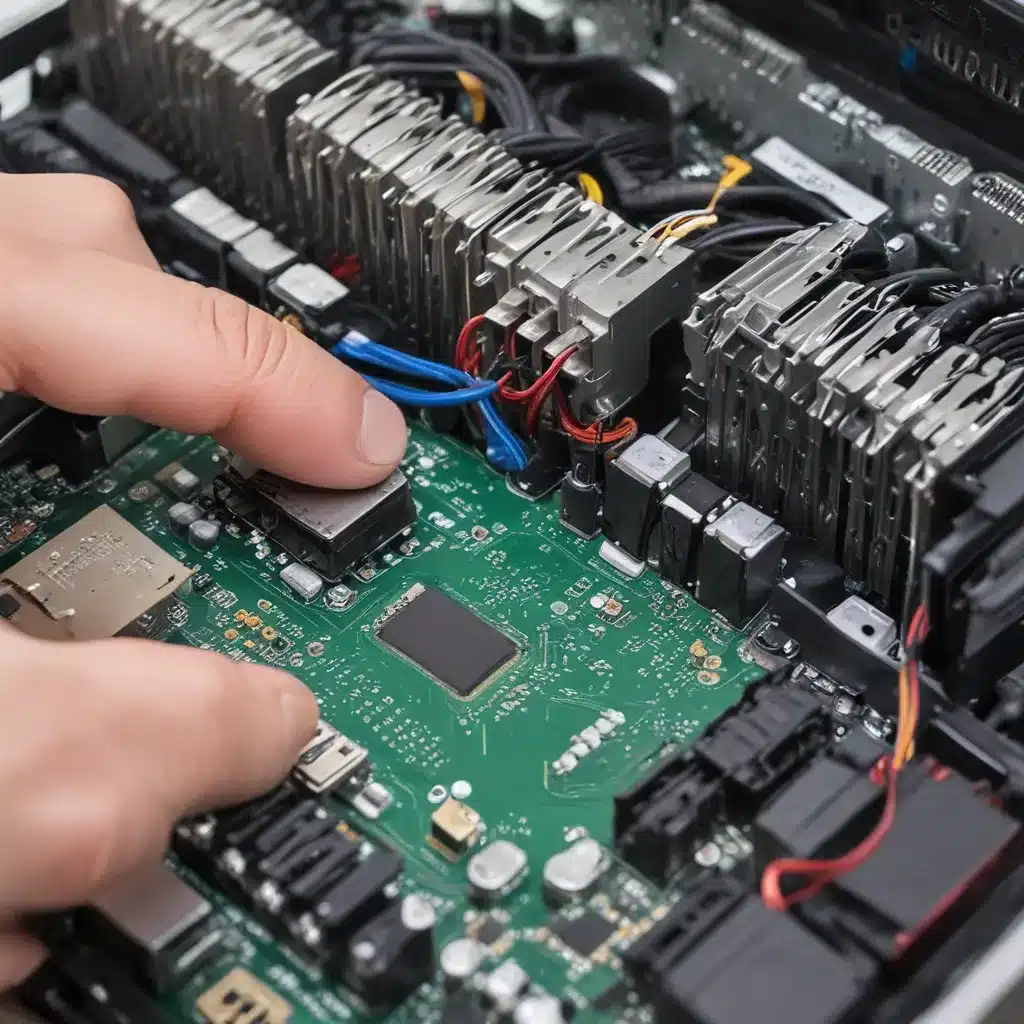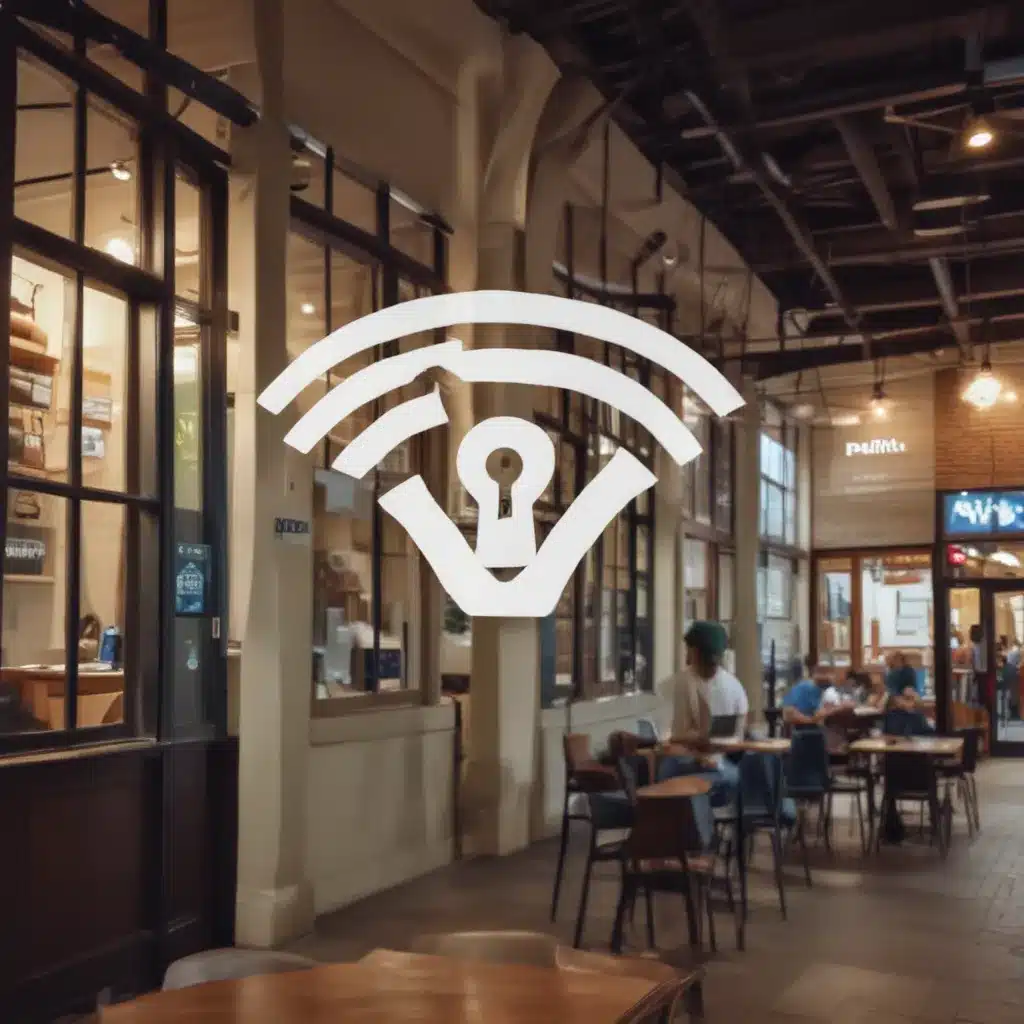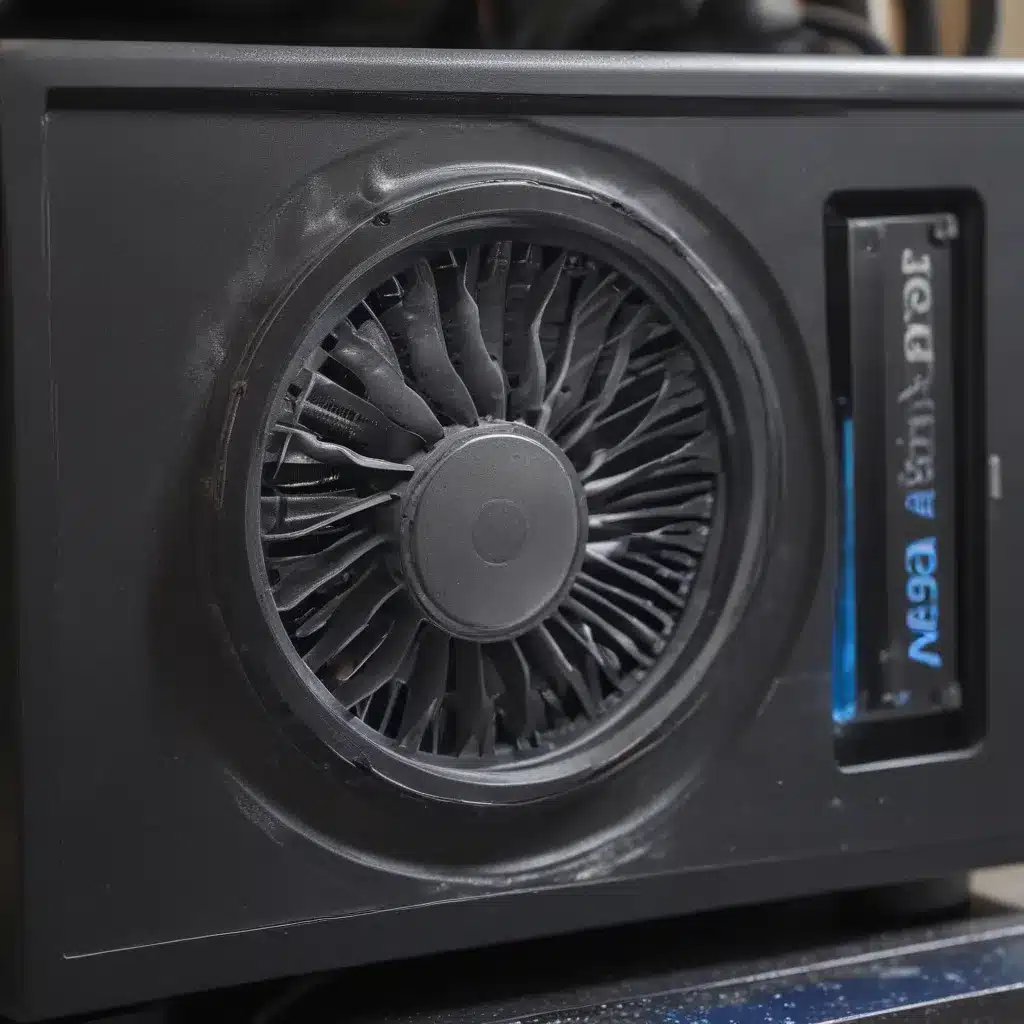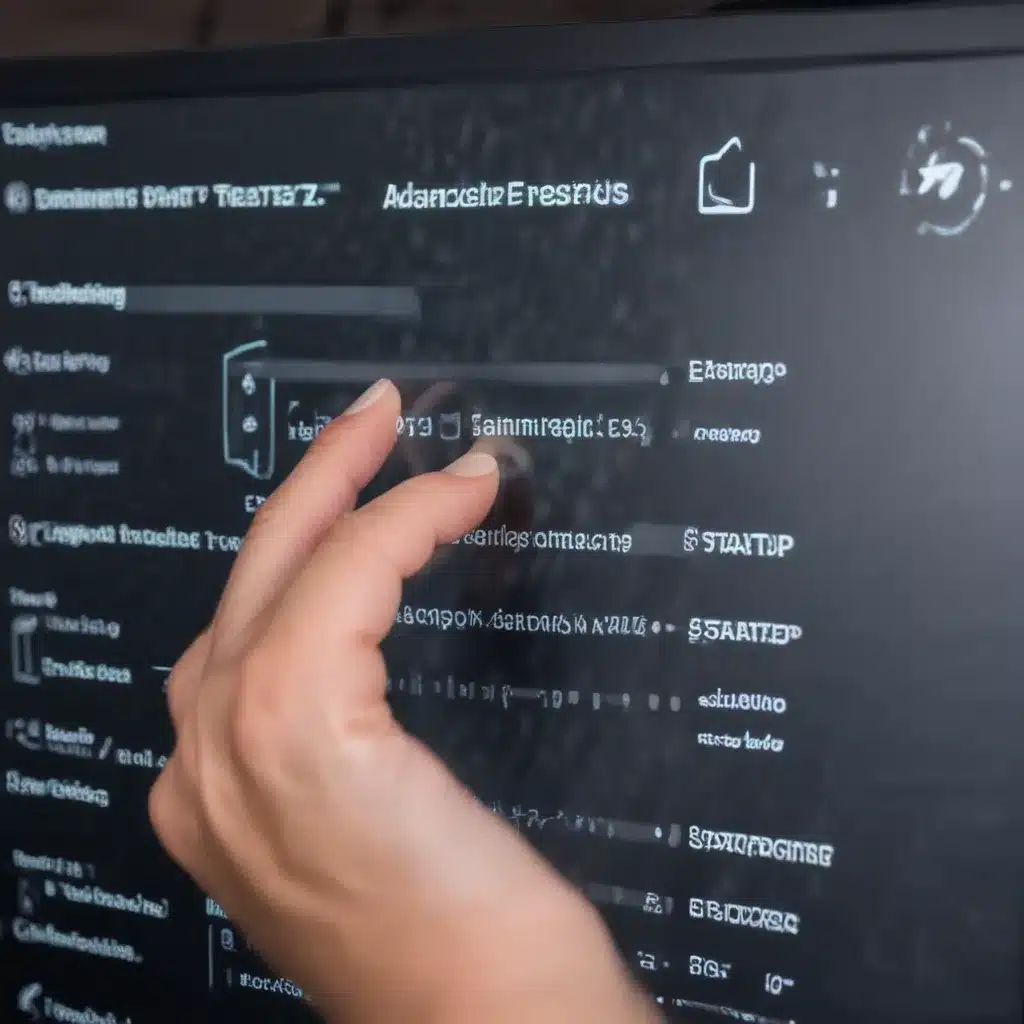Nvidia recently unveiled its next-generation GPU architecture called Lovelace. As an Nvidia fan and PC gamer, I am excited to learn more about Lovelace and how it will advance graphics processing for gaming and other applications.
Overview of Lovelace Architecture
The Lovelace architecture represents a major leap forward for Nvidia in GPU design and performance. Here are some of the key things to know about Lovelace:
-
Built on TSMC’s 4N process, which enables denser, faster transistor designs. This allows for significant gains in performance and efficiency over Ampere.
-
Utilizes an advanced multi-chip module (MCM) design. This involves splitting the GPU across multiple smaller dies instead of one large monolithic chip. Benefits include better yields and the ability to mix and match different dies.
-
Features a new 3rd generation Tensor core that is up to 2x faster than Ampere for AI workloads. This will greatly benefit deep learning and other high-performance computing applications.
-
Provides up to 2x the FP32 compute performance per SM compared to Ampere. This indicates massive gains in traditional graphics and compute horsepower.
-
Supports advanced memory technologies like GDDR6X and next-generation HBM3 RAM. This facilitates extreme memory bandwidth needed to feed the GPU’s higher performance.
-
Implements a new streaming multiprocessor (SM) architecture called Ada. This redesigned SM architecture likely includes architectural innovations to improve efficiency and performance per watt.
Expected Performance Gains Over Ampere
According to Nvidia, Lovelace delivers a massive increase in performance over the previous Ampere architecture. Here are some of the expected gains:
-
Up to 2X higher peak FP32 performance at the same power envelope. This enables large performance gains for gaming and creative workloads.
-
Up to 3X higher AI performance thanks to the new Tensor cores. This provides a big uplift to deep learning training and inference applications.
-
Up to 9X higher Shader execution efficiency through the redesigned SM architecture. More work can be done per clock cycle at lower power.
-
Up to 4X higher ray tracing performance. Ray traced graphics get a major boost, enabling more realistic lighting and reflections in games.
-
Up to 2X higher NVENC video encoding performance. Lovelace can encode 8K HDR video streams in real-time for the first time.
Benefits for PC Gamers
As a PC gamer, I’m most excited about how Lovelace will push gaming performance to the next level across resolutions. Here are some gaming benefits Lovelace will enable:
-
Play the latest AAA games at 4K 120+ FPS at max settings. Fewer compromises needed for buttery smooth 4K gaming.
-
Take advantage of cutting edge gaming displays with higher refresh rates and resolutions. Lovelace has the power to leverage monitors beyond 4K 144Hz.
-
Enable highly immersive gaming using VR headsets with minimal latency or visual artifacts. Lovelace provides ample performance for smooth VR experiences.
-
Drive higher fidelity gaming through ray tracing and AI-accelerated effects. More realistic lighting, reflections, shadows, and graphics in general.
-
Stream 4K or 8K high-FPS gameplay using NVENC with almost no performance hit. No need to compromise gaming performance for high quality streams.
Exciting Implications for Graphics and Computing
Beyond gaming, the Lovelace architecture has exciting implications for graphics, broadcasting, AI, and scientific computing:
-
Next-gen 3D rendering will see significant speedups, enabling more complex designs and faster time to completion. 3D modeling and CAD workflows will greatly benefit.
-
Video editing and production at up to 8K HDR with real-time edits and effects will be possible on consumer GPUs for the first time.
-
Scientific simulations and supercomputing clusters will achieve much higher throughput with Lovelace’s massive parallel compute performance. Climate modeling and nuclear fusion research see a boost.
-
AI training and inference will accelerate greatly, enabling faster development cycles and deployment of advanced deep learning powered apps. Autonomous vehicles, for example, can iterate quicker.
-
Cloud gaming and game streaming reach higher fidelity and responsiveness, finally delivering on the promise of gaming from the cloud.
Closing Thoughts
Nvidia’s Lovelace architecture represents a new era in GPU technology, delivering substantial generational performance gains through major architecture advances. As an avid gamer and technophile, I can’t wait to see Lovelace GPUs powering bleeding edge gaming rigs as well as advanced graphics and supercomputing applications. The future of GPU compute looks incredibly bright!

